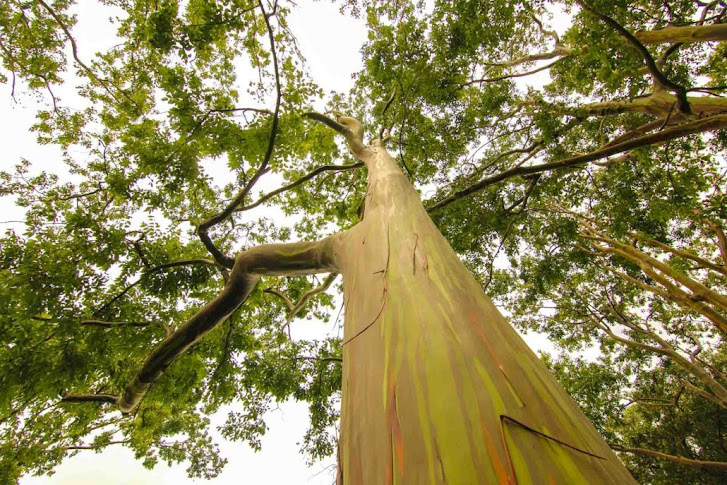Researchers sequence DNA from spider web
In a new study published in the journal PLOS One, scientists have explained that it’s possible to identify spiders from DNA left on the webs. According to the paper, analyzing genetic materials stuck to the spider webs has also allowed scientists to find out what the creatures ate several weeks after they caught their prey.
Experts are saying that the findings thrown up by the study might have future applications in locating spider pests and monitoring different endangered species.
During this study, researchers looked at a group of black widow spiders living in a zoo. Experts at the University of Notre Dame, Indiana believe if the newly discovered technique works even on other spider types, we might see it having extensive practical applications.
Charles Xu, the study’s lead researcher, extracted mitochondrial DNA from black widow spiders’ webs at the Potawatomi Zoo in South Bend, Indiana. He discovered that both the spiders and their prey (which in this case were crickets) can be recognized from DNA samples from the webs.
Xu said that this study shows that spider webs can be used for collecting DNA without capturing spiders themselves. He added that earlier the process of identifying spiders relied on morphology; scientists used to identify them by checking their genitalia as features of that part of spiders tend to differ significantly between species.
According to Xu, there are significant amount of errors caused by this kind of identification method. He believes that this new web-based process of identification can help scientists identify spider species more accurately.
Xu said that the best thing about the study conducted by him and his colleagues is that they have only used noninvasive samples. To gather these samples, the researchers didn’t even need to capture the spiders or directly observe them.
Experts think that DNA analyses of spider webs might turn out to be helpful for conservation and monitoring purposes. For instance, experts might be able to use DNA fingerprinting of the webs for locating a poisonous spider or for mapping locations of an endangered species.
Previously, we have seen citizen scientists using spider webs for assessing spider biodiversity by inspecting the webs’ structures. Researchers associated with this new study are now saying that even spider web DNA collected by citizen scientists in different parts of the globe can have some potential in this field.























کوئی تبصرے نہیں